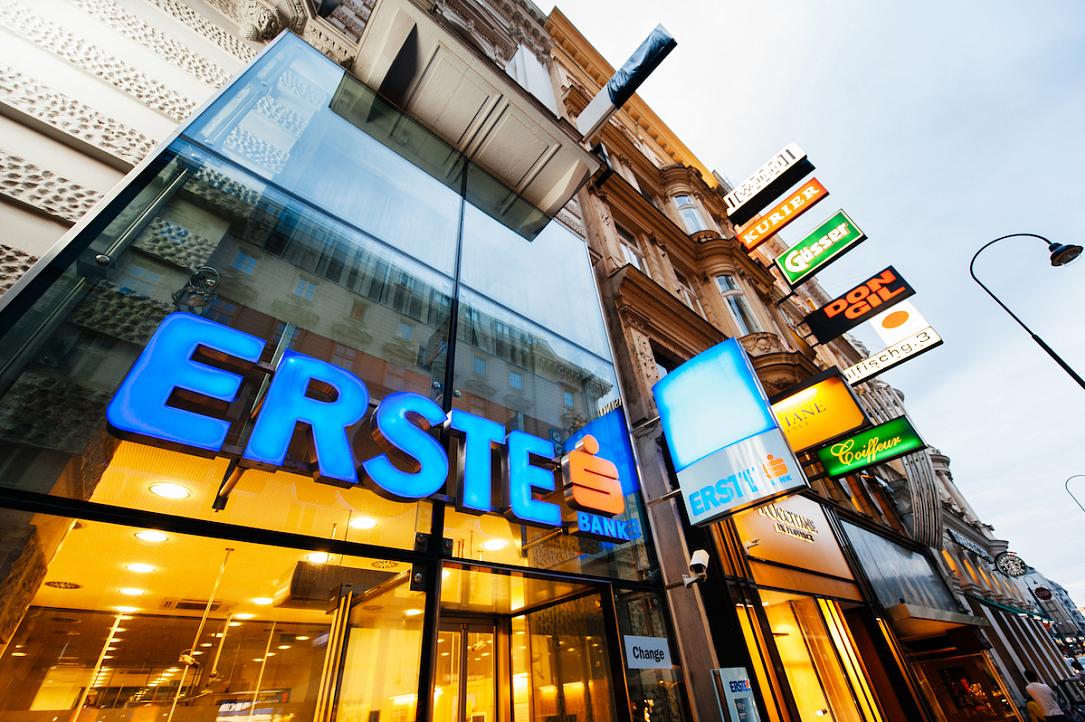Erste sees growing optimism in Romania as 'political uncertainties subside'



Romania's Economic Sentiment Indicator (ESI) rose to 103 in March 2025, up from 101.7 in February, continuing to recover from the below-average level registered in January, according to a research note published by Erste Group, which concludes that the data suggests "growing optimism" driven by subsiding political uncertainties and issues 2% projection for the year's economic growth.
This is still a premature or optimistic conclusion (including the GDP growth forecast), as long as the presidential elections in May and the further repositioning of parties in the ruling coalition may still deliver market-adverse outcomes.
The outcome of the presidential elections in Romania could have implications for investor confidence, the sustainability of the coalition government, and its political capacity to implement fiscal consolidation, according to a March 25 note issued by rating agency Fitch in response to the political turmoil and the wide budget deficit in Jan-Feb (1.6% of GDP). Fitch changed to negative its outlook on Romania's fragile sovereign rating in December and affirmed its assessment in January.
Romania's economy has entered stagnation and needs rapid measures to avoid recession, acting president Ilie Bolojan said in an interview for Antena 3 CNN, according to Ziarul Financiar. The data officially presented so far does not show that the economy is stagnating, but the president did not say what data it is based on.
Erste Group said it was expecting Romania's economic growth at 2.0% in 2025, admitting that the risks balance tilted to the downside "as the fiscal impulse is likely to turn negative to reach the budget deficit target."
Romania's Macroeconomic Confidence Indicator, measured by the CFA Romania Association, fell by 3.8 points in February to 36.6 points, remaining below the neutral 50-point mark on the 0-100 scale. CFA analysts cast projections with a median average of 1.1% for this year's economic growth.
The Economic Sentiment Indicator improved overall, but it is mainly backed by one segment of the economy (services, particularly retail) while consumer confidence is deepening in the negative area, and despite the improvements, the confidence in the manufacturing and construction sectors remains in the negative area.
Manufacturing confidence rose to -0.1 in March from -1.1 in February, supported by significantly higher production expectations and higher order books.
Services sentiment increased to 7.4 in March from 5.0 in February, as managers reported better past business, past demand, and higher expected demand.
Consumer confidence marginally decreased to -17.2 in March from -17 in February due to a more negative view of the past financial situation, as well as their future economic situation.
Retail trade confidence rose to 11.5 in March vs 8.7 in the previous month, driven by stronger reported past activity and lower inventories.
Construction confidence rose to -7.1 in March from -7.6 in February.
iulian@romania-insider.com
(Photo source: Ifeelstock/Dreamstime.com)